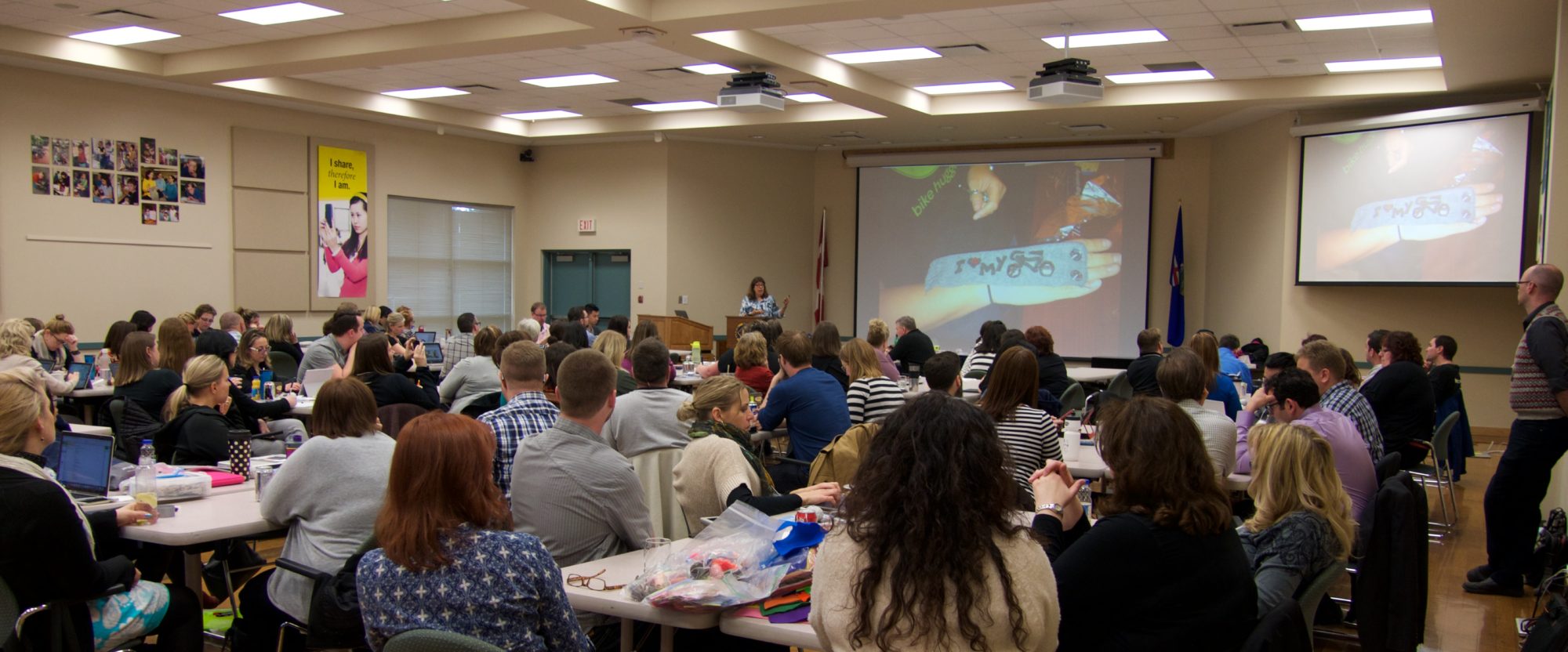Just wanted to share an email from Leanne Grandjean, a Computer Technology Teacher at Granville Elementary School in Granville, New York.
Last year, I started a NYSSTL (New York State Student Technology Leaders) club, based on the Generation YES model, for middle school students in our district who were interested in helping members of our school community with the use of technology. I trained the students to be peer mentors and to work with teachers. The STLs (Student Technology Leaders) help students achieve their technology literacy requirements and help teachers with software and hardware questions, issues and projects.
Leanne is part of the NYSSTL (New York State Student Technology Leaders) program, where students (called STLs) learn technology skills so they can support teachers and other students at their own schools. The HFM and WSWHE BOCES are implementing this model, which next year will expand outside the boundaries of these two BOCES (regional service centers) and create an expansion toolkit so that other schools can easily join NYSSTL.
The STLs help teachers and coaches with projects that facilitate learning in their classrooms and on the field. That may involve sharing knowledge and guidance or creating a project that they can use to enhance learning and to infuse technology into their lessons. Sometimes they help the teachers with hardware problems or using their new Smart Boards. This year, they helped our tech guy set up new computers in our new computer lab even though he was extremely busy due to our building construction project.
I personally count on the STLs for help in many ways. For instance, I use the TechYES technology literacy curriculum with my 6th grade students. Through this program our 6th graders are able to complete student choice projects in which they can pick any topic and any software or hardware that they are interested in learning to use or that they would like to learn more about. This is an enormous undertaking and a great leap of faith for a teacher because it involves giving up control of 100 projects and sometimes learning how to use something new on the fly! If we don’t know how to use a new program or peripheral device, the STLs will help do the necessary research, leading the charge and teaching us all along the way.
The 6th grade students plan their TechYES projects online using accounts which link to our help desk. The STLs can review the project plans on the site and help students fine tune their plans. When the plans are defined, the STLs support the students with the necessary technology assistance along their learning journey.
Later the STLs assist me in the evaluation of the student tech projects. The evaluation is a 3-step process involving students self-evaluation, STL evaluation and finally my evaluation. In most cases, the evaluation is a one-on-one, but the entire process is documented online. In this way, we can all see where the students are in the process. Through their evaluation the STLs guide students through a sort of editing process challenging the students to do their best work and to try new things before submitting the projects to me for their final evaluation.
The STLs also maintain our inventory of flash drives and digital cameras through our online help desk, documenting who has what and when it’s due back.
And when I have a lab full of kids at the end of the day, the STLs are instrumental in helping me to help the many students who require assistance on the various technology related projects that they are working on for school. With the STLs around, our students don’t have to wait for help as long as they used to.
The STLs also serve as role models to their peers and our younger students. Our young students love learning how to use technology from our STLs. They look up to the STLs and look forward to having the opportunity to serve their community as STLs themselves one day.
The program is only in its infancy in Granville. We are a small, rural community with a big heart. I am trying to nourish our little program in hopes that it will continue to grow because it really has had a tremendous impact on everyone involved.
I had the pleasure of presenting with Leanne at NYSCATE and another teacher from another NYSSTL school, Denise Krohn from Lynch Literacy Academy in Amsterdam, NY. Actually, my part was easy. I just introduced them and they wowed the audience with videos and stories about how their students are making a difference at their schools.
Students are making a difference at these NYSSTL schools – thanks to teachers like Leanne and Denise who jump in with enthusiasm and a “yes we can!” attitude.
Sylvia

